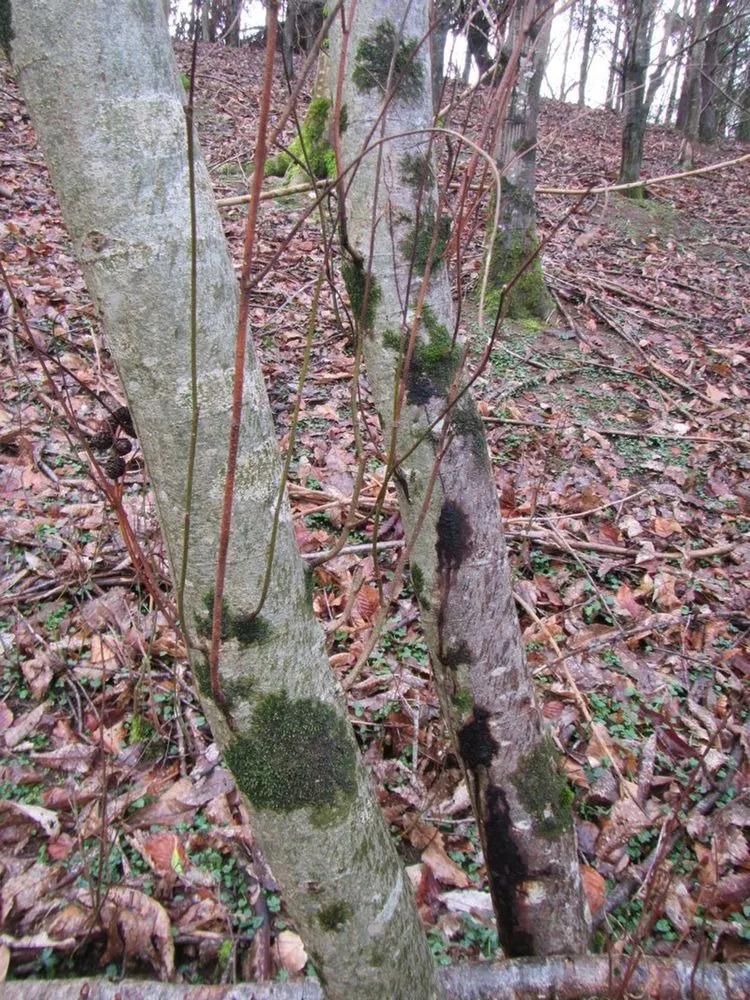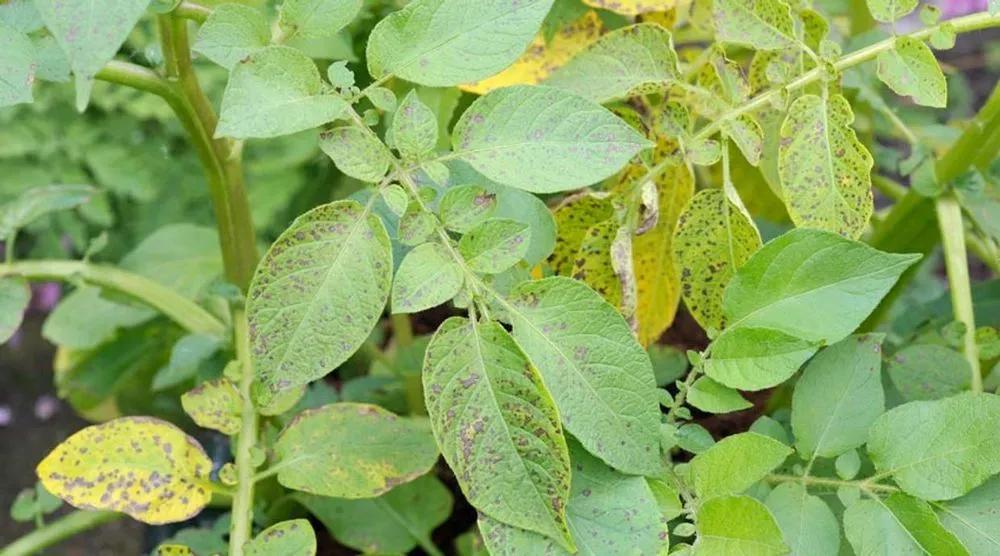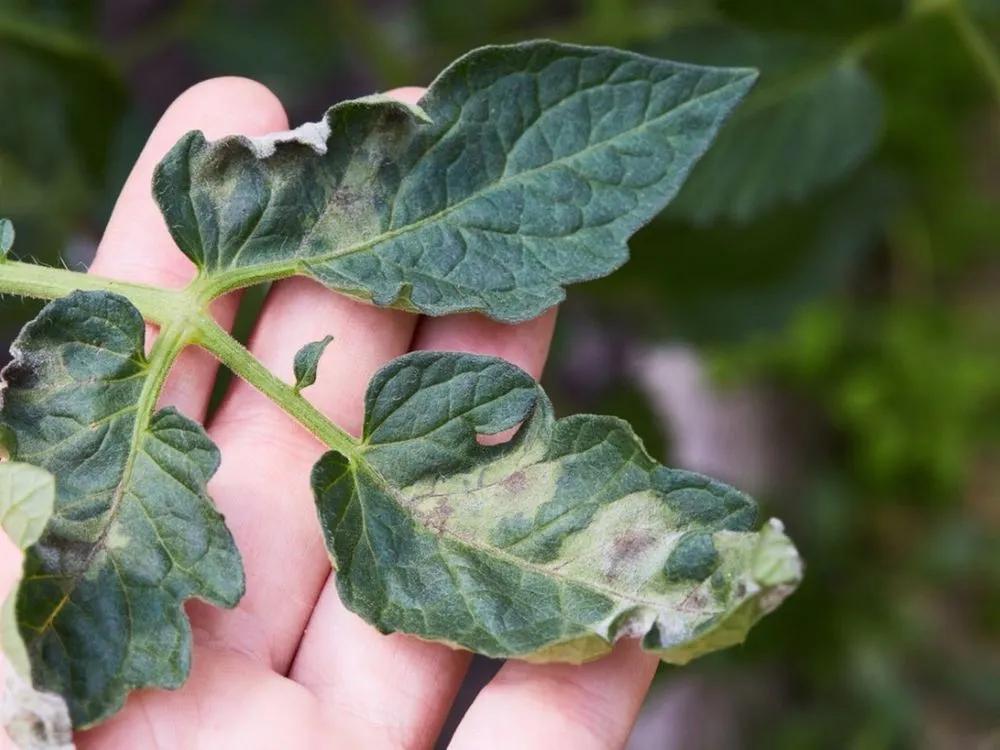Phytophthora is the most common and dangerous disease of garden crops, affecting all aerial plant organs. Fungal microorganisms cause the infection as their spores quickly spread over the area under favorable conditions. The danger of the fungus lies in its high viability.
Spores settle everywhere on the summer cottage: on inventory, on the soil, on buildings, and on garden crops. They can be dormant for several years. The disease is characterized by rapid flow and spread and a high percentage of death of infected plants. Phytophthora has the ability to destroy not only the bushes themselves but the entire crop in a few days as well. Thickening of plantings due to insufficient ventilation and illumination increases the probability of being affected by a fungus.
Shady, wet thickets are a favorite habitat of phytophthora. A sharp fluctuation of temperature indicators with a significant fluctuation of them forms dew, which speeds up the progress of the disease.



